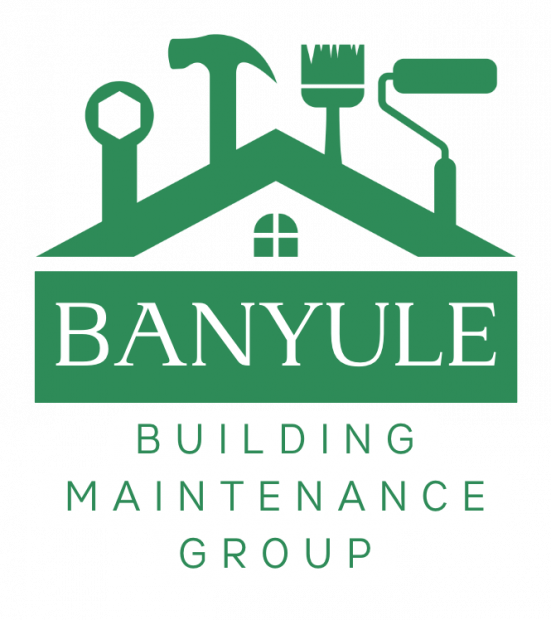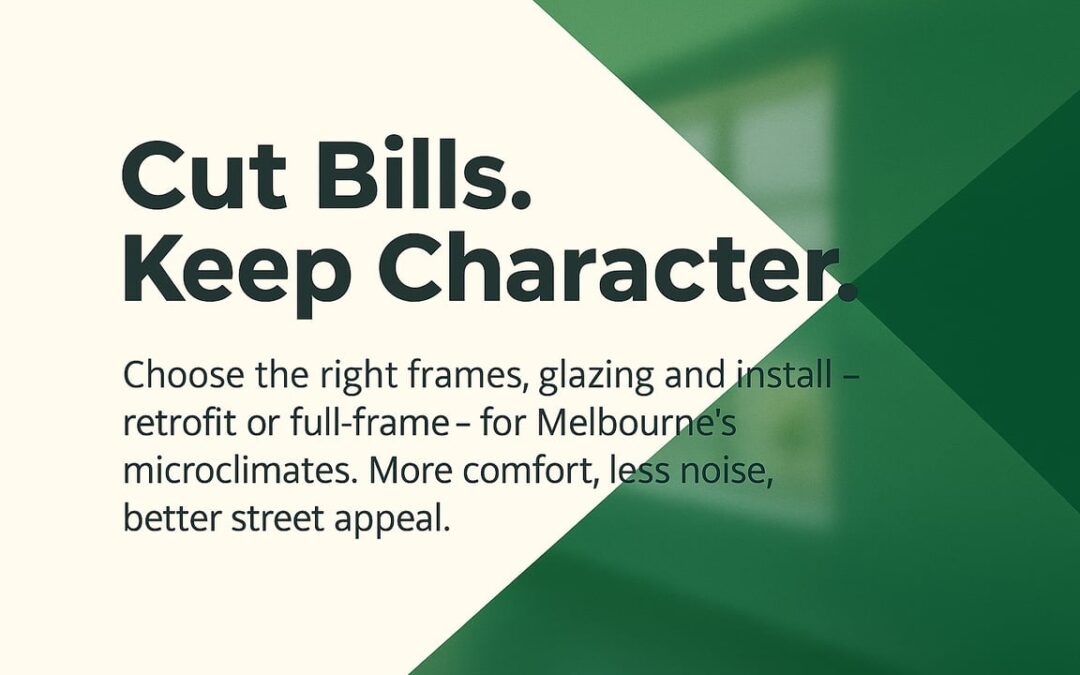Window Installation Melbourne: Smart Choices For Comfort, Character, And Lower Bills
Thinking about new windows for a Melbourne home? This guide explains practical options, climate-savvy decisions, and cost drivers so better choices can be made for comfort, efficiency, and street appeal. When expert help is needed for timber, sash, or contemporary window projects, explore window installation Melbourne to see what tailored installation and repair services look like in practice.
Why Window Installation Pays Off In Melbourne
- Thermal comfort: Better frames and glazing reduce winter heat loss and summer heat gain.
- Energy efficiency: Lower drafts and smarter glass help HVAC work less, reducing bills.
- Noise reduction: Laminated or acoustic glazing limits road and construction noise.
- Security and safety: Modern hardware, safety glass where required, and correct fixings.
- Character and curb appeal: Proportions that suit period or modern facades add value.
Frame Materials Compared
Each frame type suits different homes and goals. No one material is best for every situation; the right choice depends on architecture, exposure, maintenance appetite, and performance targets.
- Timber: Excellent for period homes and sash profiles, easily repaired, great thermal performance with proper seals. Requires periodic finishing.
- Aluminium: Slim, durable, low maintenance. Thermal breaks improve performance. Well suited to contemporary designs and coastal resilience when specified correctly.
- uPVC: Strong thermal and acoustic performance, low maintenance. Best with quality hardware and UV-stable formulations for Australian conditions.
Glass Options That Change Daily Comfort
- Low-E glass: Microscopic coating that reflects heat, improving winter warmth and summer control.
- Double glazing: Two panes with a sealed gap reduce heat transfer and improve noise control.
- Laminated/acoustic interlayers: Safety plus measurable noise reduction on busy streets.
- Tints and solar control: Useful for west and north facades to temper harsh sun.
- Safety glass: Required near floors, in bathrooms, and beside doors per standards.
Melbourne Microclimates: Make Local Conditions Work For You
Melbourne homes experience mixed weather: high UV in summer, damp winters, and, in bayside areas, salt exposure. Installation choices should reflect real exposure to extend service life.
- West and north facades: Prioritise solar control (Low-E, tint options), shading, and tight air seals.
- Shaded or damp zones: Condensation management, breathable finishes on timber, and robust flashing matter.
- Bayside/coastal influences: Corrosion-resistant hardware and fasteners; consider laminated glass for wind noise.
Retrofit vs Full-Frame Installation
Installation method influences cost, performance, and appearance.
- Retrofit insert: New window fitted into an existing frame. Faster, less disruptive, preserves trims; performance depends on the old frame condition.
- Full-frame replacement: Frame and trims removed, new system flashed and sealed. Best for decayed frames, major efficiency upgrades, and correcting past leaks.
Operation Types: Pick For Use And Ventilation
- Sash (vertical sliders): Heritage-true, great for controlled ventilation. Modern seals and balances improve comfort.
- Awning: Top-hinged, sheds rain while venting, reliable seals for windy aspects.
- Casement: Side-hinged, excellent ventilation capture; ensure quality stays and restrictors.
- Sliding: Space-saving; look for quality rollers and continuous seals.
- Fixed: Highest airtightness for view windows; pair with operable units nearby for ventilation.
Details That Prevent Leaks And Drafts
Performance is won or lost at the edges. Durable results come from careful sequencing and weatherproofing.
- Accurate measuring and squaring to maintain reveal lines and sightlines.
- Head flashings and sill pans that manage water away from the frame.
- Continuous air and weather seals around the perimeter.
- Correct fixings into solid structure without distorting frames.
- Finish coats and sealants applied to manufacturer guidance.
Cost Drivers In Melbourne
Budgets vary widely; the following factors typically set price bands.
- Frame material and profile complexity.
- Glass specification (Low-E, laminated, double glazing).
- Installation type (retrofit vs full-frame) and access constraints.
- Finishing scope (interior trims, exterior painting for timber).
- Heritage requirements, custom shapes, and egress/safety compliance.
Period Homes: Keep Character, Boost Performance
For Victorian, Edwardian, and interwar homes, proportion and glazing bars matter. Consider like-for-like profiles in timber or slender aluminium with appropriate sections. Draught sealing, sash balance upgrades, and discreet double glazing or secondary glazing can lift comfort while preserving street-facing character.
Modern Homes: Slim Sightlines, Bigger Glass
Contemporary renovations often prioritise daylight and view. Thermal breaks in aluminium, larger fixed panes paired with targeted operable windows, and external shading deliver striking looks without sacrificing comfort.
Condensation And Ventilation
Melbourne winters can surface condensation on cold glass. Low-E, double glazing, and airtight installation reduce risk, but adequate ventilation remains essential. Bathroom and kitchen extraction, controlled window venting, and correct internal humidity levels all help.
Planning Checklist
- Define goals: thermal comfort, noise, aesthetics, heritage fidelity.
- Map microclimate: sun paths, wind, damp, and salt exposure.
- Choose frame and glass: match performance to aspect and budget.
- Decide install method: retrofit or full-frame based on frame health.
- Confirm compliance: safety glazing, egress where required, bushfire constraints where applicable.
- Plan finishes: interior linings, architraves, and exterior coatings.
FAQs
What is the difference between retrofit and full-frame installation?
Retrofit places a new window into the existing frame, saving trims and time, but relies on frame health. Full-frame removes the old frame, installs new flashing and seals, and offers the best path when frames are decayed or when maximum performance is desired.
Will new windows make a home warmer and quieter?
Yes. Airtight frames, quality seals, and smarter glazing reduce heat loss and outside noise. Laminated or double glazing further improves acoustic and thermal results.
Which windows suit heritage facades?
Like-for-like timber sash or slim-profile alternatives with matching proportions and bars maintain authenticity. Draught seals and discreet glazing upgrades improve comfort without altering the look.
How is condensation reduced in winter?
Use Low-E or double glazing, ensure airtight installation, and manage indoor humidity with extraction and controlled ventilation. Avoid drying clothes indoors without ventilation.
What affects window installation cost the most?
Glass specification, frame material, installation type, access, and finishing scope typically dominate cost. Complex heritage detailing or large spans can also increase pricing.
Related Services Worth Considering
- Window frame repairs and sash balancing for smoother operation.
- Exterior painting and sealing for timber longevity.
- Shading upgrades to complement high-performance glass.
Pro tip: Most heat loss happens at gaps and edges. Even the best glass underperforms if frames are out of square, seals are missing, or flashing is incomplete.
Disclaimer
This article provides general information for residential properties in Melbourne. Conditions vary by site, building age, and local requirements. It is recommended to seek a professional assessment for specific advice, safety compliance, and accurate costing.

